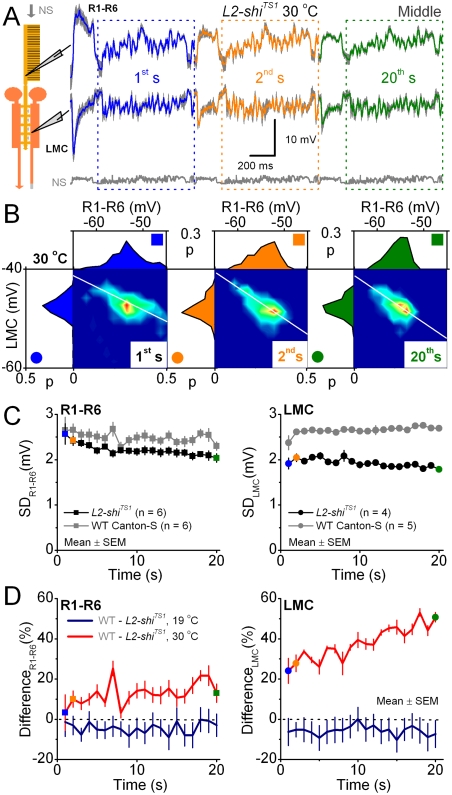Figure 6. Adaptation in the L2-shiTS1 R-LMC-R system is reduced at 30°C.
At this restrictive temperature, ShibireTS1-proteins should block endocytosis [16] in L2s, reducing their feedback to R1–R6 photoreceptors in L2-shiTS1 flies. A. The 1st, 2nd and 20th voltage responses of R1–R6 photoreceptors (mean±SD, gray, n = 6, above) and LMCs (mean±SD, gray, n = 4, below) to middle intensity naturalistic stimulation (NS) at 30°C (light yellow panels). The responses are somewhat smaller than at 19°C, cf. Fig. 4A. B. The corresponding probability density functions, PDFs, and joint probability density functions, jPDFs, during bright stimulation at 30°C. The most probable synaptic gain (white lines) remains invariable over time. C. SD of photoreceptor (left) and LMC (right) output at different times to repeated stimulation at 30°C. The L2-shiTS1 photoreceptor and LMC outputs lack the adaptational boosting of WT controls (gray). D. The difference: 100*[WT(output)-L2-shiTS1(output)]/ L2-shiTS1(output) in restrictive temperature (30°C, red) is calculated for 19°C and 30°C data separately. At 30°C, L2-R feedback in L2-shiTS1 flies is reduced, but WT flies have functional L2-R feedback. The difference in the corresponding LMC outputs shows that L2-feedback boosts WT LMC output to repeated stimulation by ∼40%. L2-feedback seems also to boost WT R1–R6 output by ∼15%. The control experiments at 19°C show that L2-feedback functions normally in both L2-shiTS1 and WT cells, with only little differences in their relative strengths (cf., Fig. 4).

